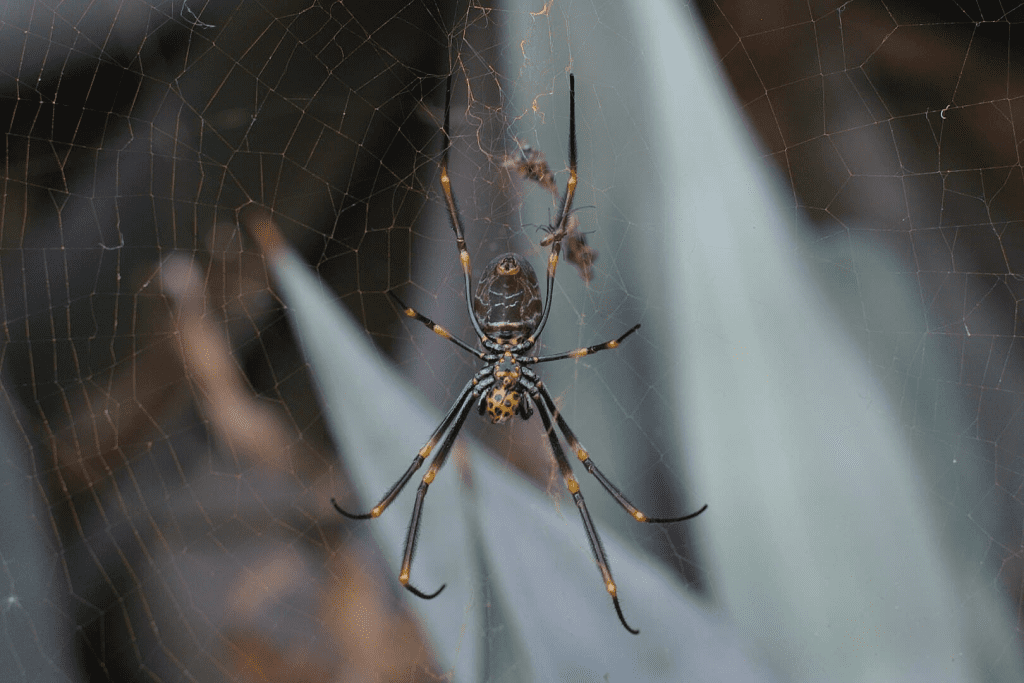Discover how the tiger spider serves as a natural predator of the violin spiders, offering protection against these venomous arachnids.
In the intricate web of nature, balance is maintained through predator-prey relationships that often go unnoticed. One such fascinating dynamic exists between the formidable violin spider, known for its potent venom, and the tiger spider, its natural adversary.
The Menace of the Violin Spider

Commonly referred to as the brown recluse or fiddle-back spider, the violin spider (Loxosceles reclusa) is notorious for its venomous bite. Identifiable by a distinctive violin-shaped marking on its cephalothorax, this arachnid poses significant health risks to humans. Their bites can lead to severe necrotic lesions and, in rare cases, systemic reactions. These spiders are predominantly found in the central and southern United States, often residing in dark, undisturbed areas within homes.

The tiger spider, also known as the long-legged spider, emerges as a crucial player in controlling violin spider populations. With its agility and hunting prowess, the tiger spider preys upon these venomous counterparts, thereby reducing potential human encounters and bites. This predatory behavior underscores the importance of the tiger spider in maintaining ecological balance and safeguarding human health.
While the violin spider’s presence can be alarming due to its harmful bite, the tiger spider offers a natural form of pest control. Recognizing and understanding the role of such beneficial predators can lead to more informed and appreciative perspectives on the complex interactions within our ecosystems.
You might also like


